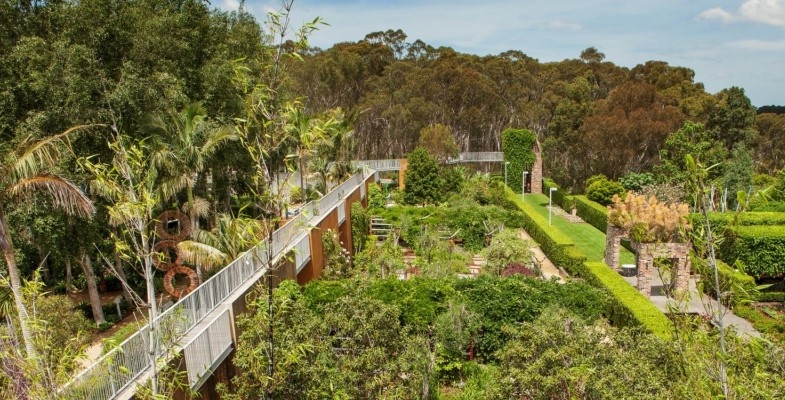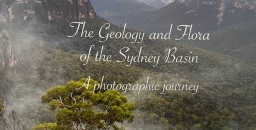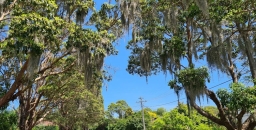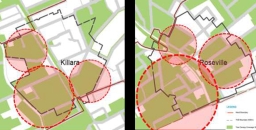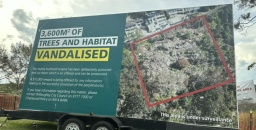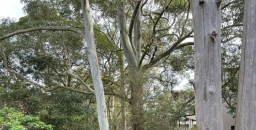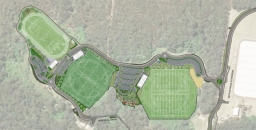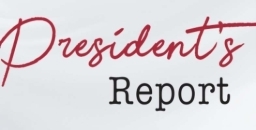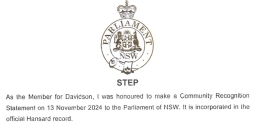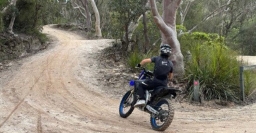In our previous newsletter there was a last-minute story about a proposal to build an 18-storey tower at Eden Gardens on Lane Cove Road in Macquarie Park. Many submissions in opposition were made to the City of Ryde Council. The development application will be assessed by the Sydney North Planning Panel.
Eden Gardens is surrounded by Lane Cove National Park on three sides and Lane Cove Road to the west. The M2 is further away to the south. The only development nearby is on the western side of Lane Cove Road where the buildings are 6 to 8 stories and further south in Macquarie Park.
There seems to be an oversight in the zoning because there is actually no zoning for the site. The applicant has taken advantage of this and decided to have a go at getting approval for building a commercial tower significantly higher than any other building nearby. Did the City of Ryde Council provide any guidance about the chances of such a tall building being approved?
Some of the problems with the development if it goes ahead are:
- Additional traffic along the already congested Lane Cove Road as workers on site will be reluctant to tackle the long walk from Macquarie Park Station involving crossing several major roads.
- Developments adjacent to national parks are required to meet guidelines defined by the NPWS (2020) covering matters like the impact on public amenity or enjoyment of the park, whether it is sympathetic with the natural and cultural heritage of the park, and appropriate controls on lighting.
- Lane Cove National Park has important heritage values drawing from its long history of aboriginal use and European development plus the presence of many threatened species and endangered ecological communities.
- The location has high bushfire risk with exposure to the north and northwest. Up to 2000 workers would need rapid evacuation via Lane Cove Road.
- The building would form a high risk to bird and bats traversing the park that would be attracted to reflections from the glass facade and foraging for insects.
- The building will tower over the surroundings with lighting that spills into the park disturbing the natural foraging and nesting patterns of nocturnal and diurnal aerial fauna, particularly owls and bats. Threatened nocturnal species recorded in the park include four species of bat plus the powerful owl and barking owl.
Reference
NPWS (2020) Developments adjacent to NPWS lands: Guidelines for consent and planning authorities. National Parks and Wildlife Service, NSW Department of Planning Industry and Environment.

